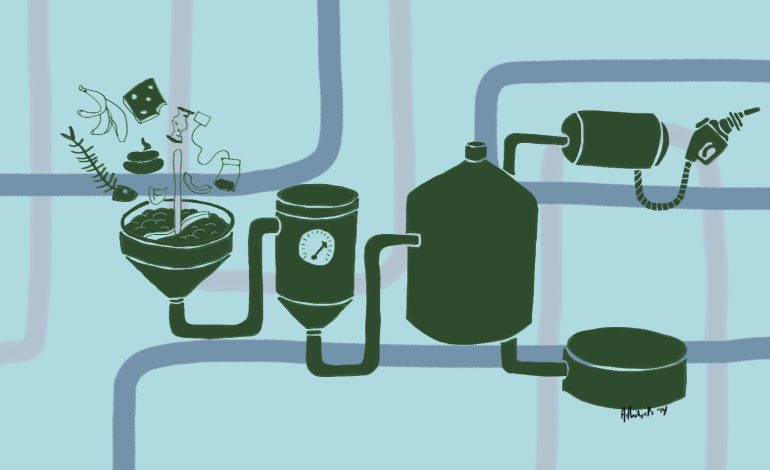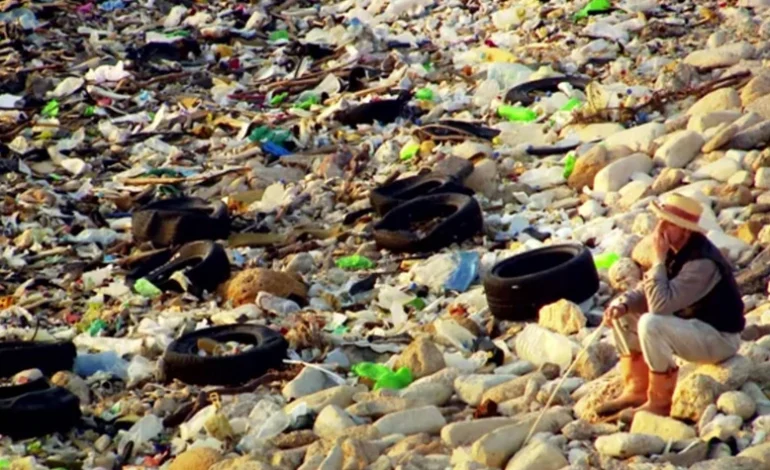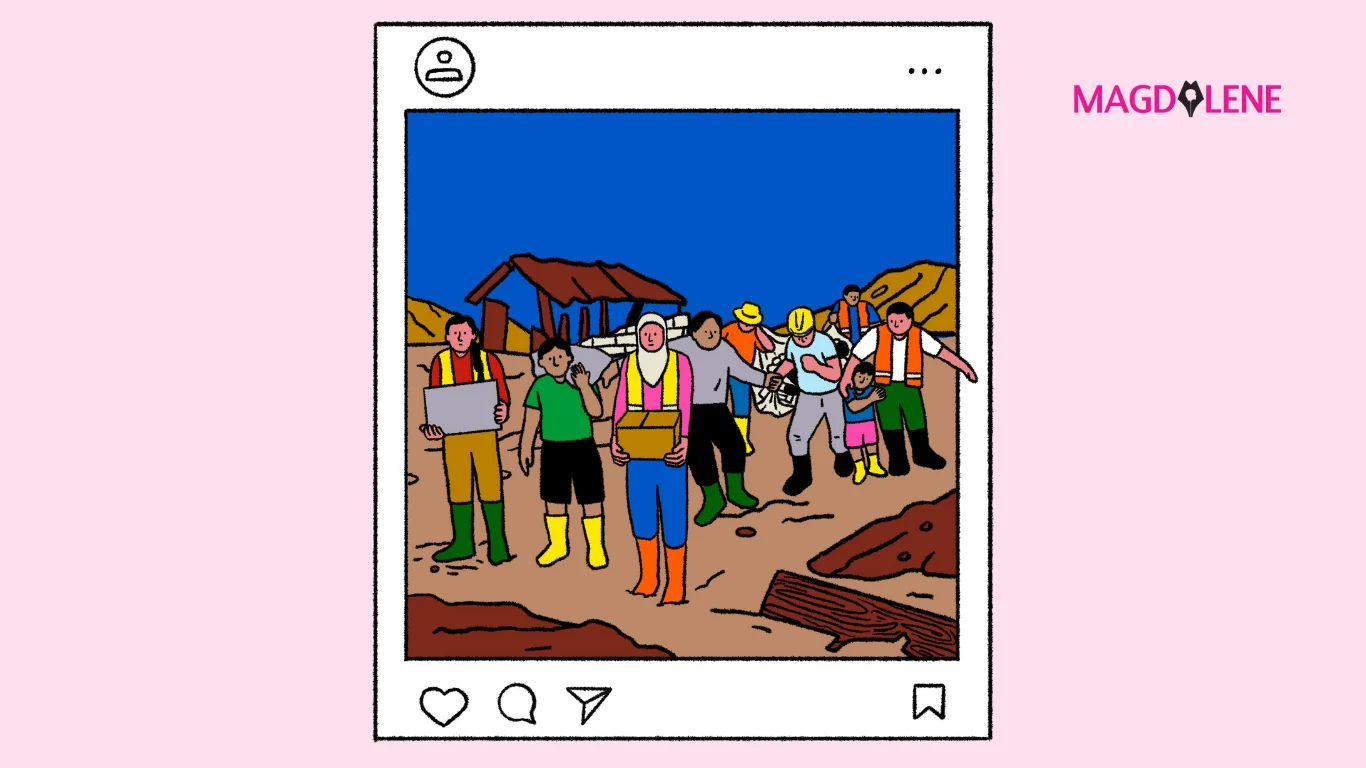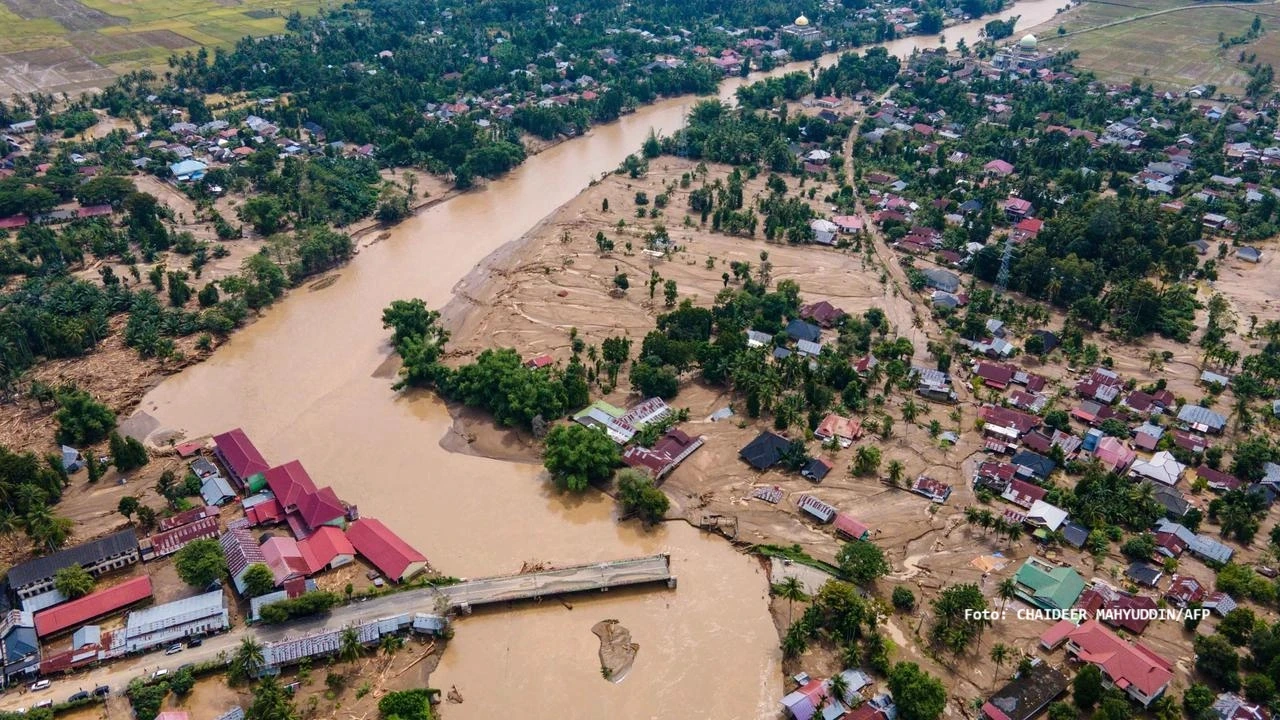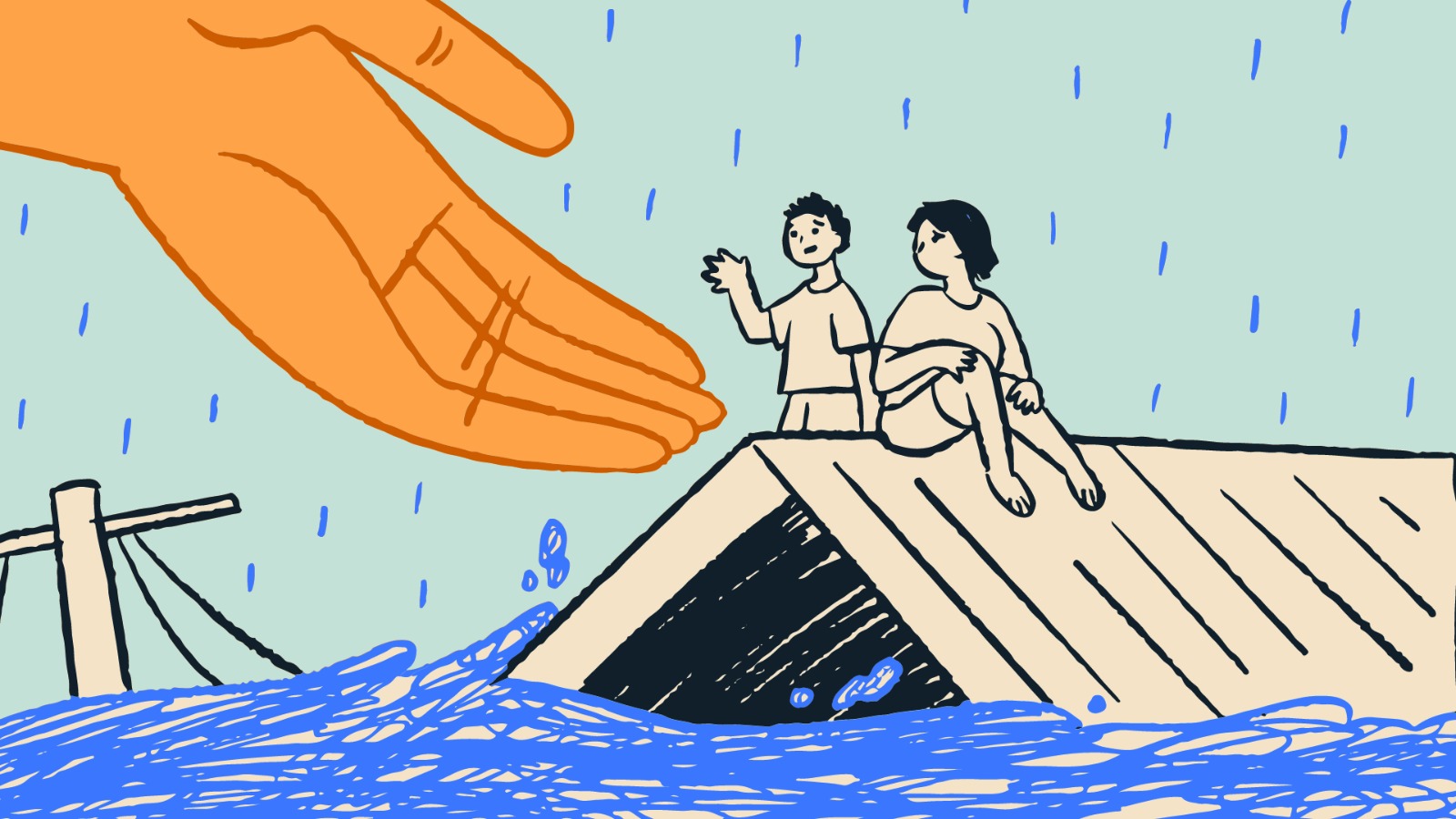5 Things You Can Do to Anticipate Water Crisis
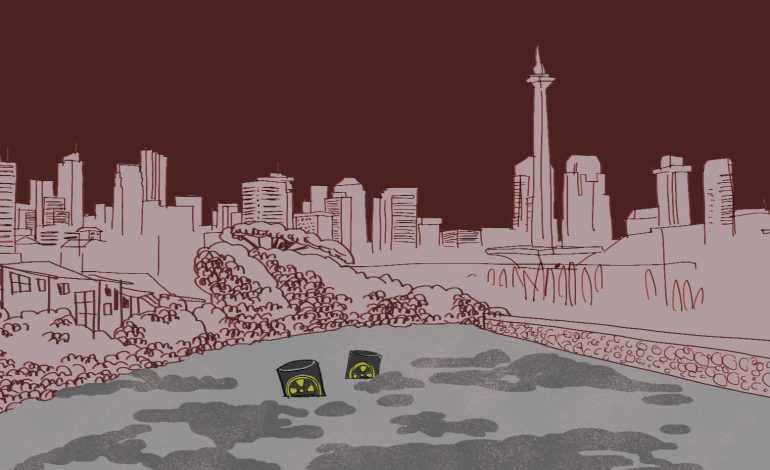
“Would you like to write for us about the water crisis in Indonesia?” the Whatsapp message from a Magdalene editor flashed on my screen. How ironic, I thought, to write about the lack of water as I stared at the pouring rain outside my apartment and flicked through pictures of flood inundating my timeline.
It’s hard to imagine a water crisis in the world’s biggest archipelago that has rivers as wide as the Kapuas in Kalimantan, but the fact is only less than 1 percent of water on Earth is usable – 97 percent is salt water and 2 percent is in the form of glacier ice. The amount that is clean and potable is even smaller than that. Still, that tiny slice should have been enough to keep all of us hydrated and clean.
Unfortunately, the problem of water is not so much related to the total amount available but the distribution throughout space and time, which is basically how much we have access to at any given date and place. With an average annual precipitation of 2,700 mm, Indonesia has the sixth highest rainfall in the world, according to the World Bank data. However, for the past decade, up to 77 percent of regencies and cities in Java have had water deficits for one to eight months in a year, according to 2012 data from the National Disaster Mitigation Agency. News of drought in the Nusa Tenggara islands – the driest part of the country – has become such a routine that it has ceased from being news – when the exception becomes the rule, unacceptable conditions are no longer a “disaster”.
And this problem is expected to worsen. In the last World Water Development Report, Indonesia was in the top group of five countries in Asia Pacific identified facing the most problems related to water, including deteriorating water quality and elevated ecosystem and climate change risk. Many parts of Indonesia traditionally rely on the rain as the primary source of water for irrigation and daily needs, but climate change has, well, changed the scene. Extreme events, such as excessive rain that brings floods or extended dry season that cracks the earth, have occurred more often. The concentration of the rain, both in duration and place, has shifted considerably that harvests have failed and people have had to walk for miles to fill their jerricans with water brought in by trucks.
But all gloom and doom aside, we can do something to lessen the impact of the crisis to us or others, and here are some of things we can do:
1. Save water
As obvious as this may sound, making efforts to cut our water use means more than a lower monthly bill. Little things like finishing the water in our glasses or turning off the tap when we brush our teeth send out the message that we are conscious about how precious water is.
There are many other ways to do this. A friend of mine put a picture of a sad polar bear near his bathtub as a reminder to not waste water and energy. The student house where another friend lives in London installed a button in the shower that would spurt water out only for between 6 and 12 seconds – the more often you push it, the shorter the duration – making long showers a test of patience and persistence. You can even go all out like Cameron Diaz, who reportedly would not flush if she did only number 1.
2. Build rainwater containers
Consumers, particularly in urban areas, are often at the mercy of the water operators, which may not be as dependable as they ought to be. One possible solution is to build rainwater containers to harness the torrential rain that we have for later use or as backup. Your neighbours will also love you if you share the water the next time the tap comes out dry.
3. Plant trees
If you are lucky enough to have a yard, plant trees. Not only they look nice and provide fresh oxygen and shade, the roots help in keeping water and preventing runoff. And if you’re very very lucky and you have an empty piece of land somewhere, why don’t you populate them with trees as well? I must admit this is one of my dreams: to contribute to the environment and, frankly, to absorb carbon and ease my guilt from flying so much.
4. Donate
Many organisations work in helping others get access to clean water. One of these is World Vision Indonesia and Yayasan Ayo Indonesia, which works in Flores in Nusa Tenggara islands
5. Vote for the right political parties and politicians
Yes, it’s the election year! Environmental issues, including those strongly related to water provision and access such as the protection of catchment areas and reducing deforestation, were not championed at all in the previous elections. We have the once-in-five-years opportunity coming, and we should make use of it.

